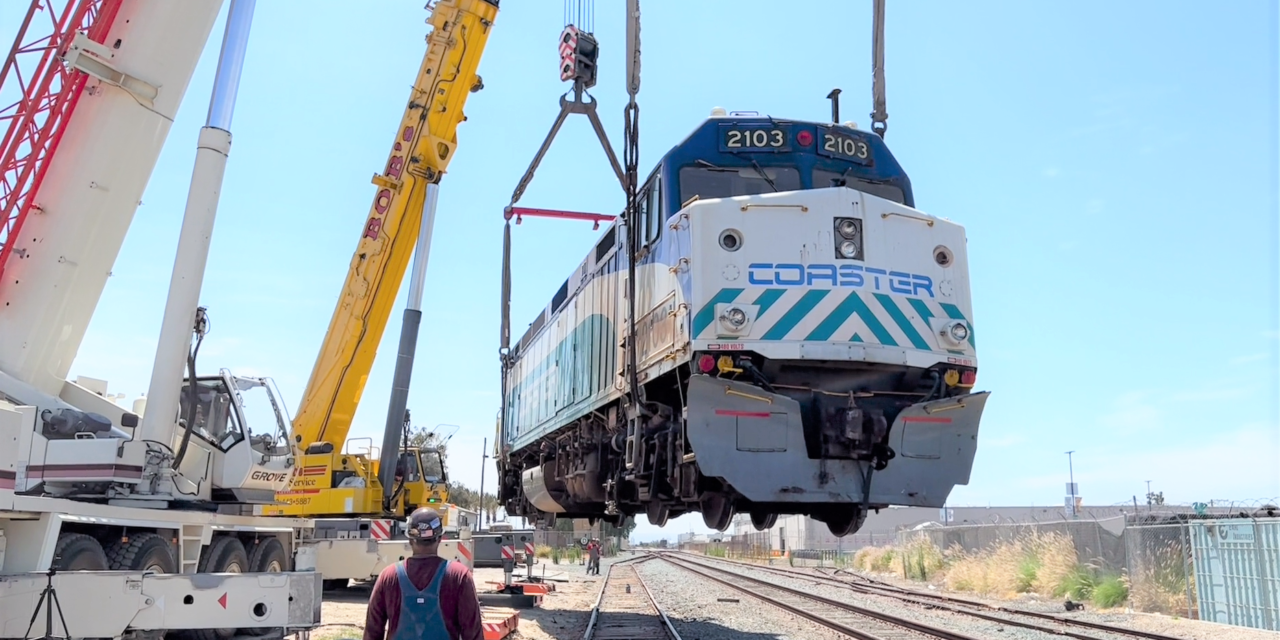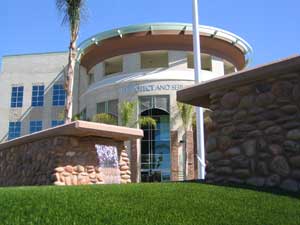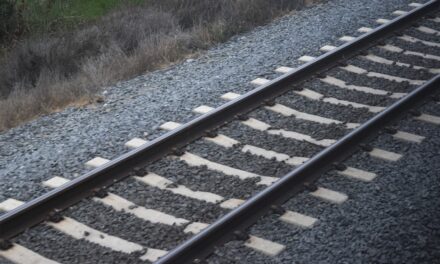
By SDCN Staff
Oceanside, CA–A 282,000-pound piece of Southern California railroad history is being preserved at a railroad museum in East County.
After nearly five years of planning, the North County Transit District donated the Coaster F40 locomotive to the Pacific Southwest Railway Museum Association where it will be preserved and made available for train aficionados to enjoy. In time, the locomotive will become part of the museum’s operating fleet for visitors to watch move down the rail line.
“The F40 locomotives are an important part of the history of both the Coaster and the San Diego region,“ said Graham Blackwell, Chief Rail Operations Officer for North County Transit District. “Operating from the start of the service in 1995, the F40s moved millions of passengers in their 25 plus years in operation along the beautiful coastal network, connecting North County to San Diego.”
“NCTD’s Coaster service is particularly relevant to our mission statement,” said Stephen Hager, President of Pacific Southwest Railway Museum Association. “Our mission statement places an emphasis on preserving the railroads of San Diego County. The F40 locomotive represents an excellent opportunity to preserve the physical legacy of the first generation of Coaster train equipment.”
The F40, locomotive number 2103, was built in 1994 and was part of the inaugural Coaster service in February 1995. The locomotive ended its service in February 2021. The decision to replace the F40 locomotives with Siemens Charger locomotives was approved by the North County Transit District Board in early 2018.
The first part of the journey for the non-powered locomotive involved moving it with a freight train from Oceanside to National City. After arriving in National City, two large cranes lifted the locomotive off the rails and onto two specialized transport truck dollies. It took two days to truck the locomotive 72 miles to its new home in Campo, traveling only at night and averaging 6 miles per hour. The Coaster had a police escort as it traveled through neighborhoods and local streets. Some traffic lights and power lines had to be moved to make way for the locomotive.
Although the F40 would not be considered historic by merely its age, the museum wanted to take advantage of the opportunity to preserve the railroad equipment when it arose. Unfortunately, in many instances when aging equipment was taken out of service in the past the opportunity to preserve the equipment was not captured.
In the case of the Coaster F40, the California Air Resources Board Carl Moyer Grant awarded to the North County Transit District to replace the F40 originally required that the locomotive be completely scrapped. The Pacific Southwest Railway Museum Association and the transit district worked collaboratively with the Air Resources Board and the San Diego County Air Pollution Control District to modify the grant conditions and allow the locomotive to be saved with only the diesel engine destructed. Without the railroad museum’s early intervention, there would have been no opportunity to preserve the history of this locomotive in San Diego County. The value of this early intervention will be more fully appreciated as the locomotive’s tenure of active service passes further into history.
Visitors can view the Coaster at the railroad museum this fall. The average ridership on the museum’s historic excursion trains is approximately 12,000 per year.



